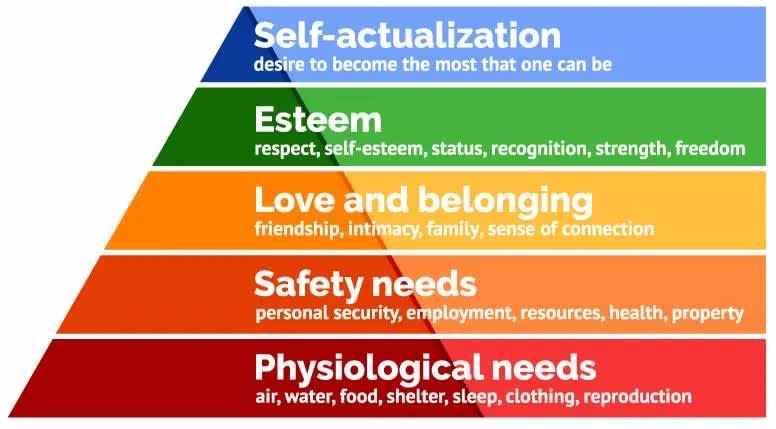How to Avoid Workplace Loneliness

While workplaces are becoming more diverse and are more social than ever, workplace loneliness is still on the rise. Ironically, it is the young, tech-savvy adults with continuous access to social technology who are the prime sufferers. A majority of time is spent communicating in the cyber space with negligible direct contact with peers.
What is workplace loneliness?
Workplace loneliness is a feeling of isolation and lack of connect with colleagues despite constant contact. Impromptu conversations or general greetings don’t really take away the loneliness. The loneliness phenomenon exists even more when we are dealing with virtual teams, resulting in little or no chance of an in-person interaction.
There is another dimension to workplace loneliness. Employees feel lonely when they are not heard or understood, and then the purpose of their existence in the organization becomes blurry. This can affect their confidence, causing them to build a wall around themselves.

As Maslow’s hierarchy of needs shows, the feeling of belonging is needed to improve self-esteem and actualization. Otherwise, it has detrimental effects not just on the company’s profitability and employee productivity, but also on their mental wellbeing.
How does workplace loneliness affect productivity?
Recent research by Gallup suggests that companies with high loneliness and disengagement rates face nearly 37% higher absenteeism rates. Productive employees are likely to be more creative and decisive. With productivity suffering owing to loneliness, creativity and decision-making capabilities also suffer, resulting in a vicious cycle.
What can companies do to address workplace loneliness?
Here are some ideas to help reduce workplace loneliness, keeping employee and organizational growth in mind.
Design a work culture with different communication channels
This way, in-person interactions will rise, and social bonding will prevail. For instance, a face-to-face meeting is much better than a video call, as it is easier to observe a person’s facial expressions, body language and tone of voice. However, with social distancing restrictions in place, a video call is a more personal approach than an audio call or just emailing a colleague.
Go beyond conference rooms
Make time for social get-togethers. Don’t forget, a lot can happen over a coffee… or chai pe charcha (discussion over tea)! In a post-COVID world, Zoom coffee breaks should be welcomed.
Network within the organization
Encourage people to widen their circle of work buddies. Arrange for projects that involve working with different team members so there are more opportunities to collaborate.
Foster mentorship
Incorporate learning at work by fostering a mentorship culture. This will benefit the organization in the long run, as experiential learning helps raise the bar. Mentors can also help and guide mentees in tough situations.
Celebrate small achievements
This gives employees the recognition and the visibility that they deserve and crave. In turn, it will create a sense of belonging by celebrating their achievements.
Workplace loneliness needs to be addressed. Companies and individuals need to work towards finding new support methods for the employee and their mental wellbeing. A happy workplace is a successful workplace.







